Gold Standard: Junior Amanda Goldstein Overcomes Medical Issues to Take Second at Ice Skating Nationals
Submitted photo by Amanda Goldstein. Reprinted with permission from Cynthia Slawter Photography.
Sept. 6. Colorado’s Broadmoor World Arena is full of spectators peering from the bleachers onto an ice-covered stage. They are watching as hundreds of competitors vie for the attention of judges at the U.S. Figure Skating National Dance Finals.
In just a few short moments, junior Amanda Goldstein will take the ice. But now, as her name echoes over the loudspeaker, her legs go numb — legs she will have to skate on in front of an arena-full of people.
“When they’re announcing my name, I get nervous as hell … But right when the music starts, I block out the music because my coach says count in fours: 1-2-3-4, 2-2-3-4. Throughout your whole program, block out the music, and just focus on the corrections they give you; it really helps you,” Goldstein said. “You really don’t want to get distracted by the size [of the audience] if you mess up … because otherwise you might mess up on the next move, you know? So I just block out everyone and do my thing.”
In September, Goldstein competed in the U.S. Figure Skating National Dance Finals, an event that brought over 300 of the most accomplished figure skaters in the nation together to showcase their skills. Goldstein entered both the Novice Pattern Dance and Novice Solo Dance sections of the competition.
The former tests the performers on a specific pattern of challenging figure skating skills, including step sequences, lifts and the move that strikes fear into Goldstein’s heart — the dreaded twizzle.
The solo dance competition is comprised of an original dance, with the skater’s choice of choreography and music. Goldstein, who considers this aspect of the competition her strong point, performed a free dance to Jennifer Lopez’s “Let’s Get Loud,” originally done by her coach Peter Kongkasem and his partner at an annual world-level figure skating competition called Four Continents.
“He said, ‘I’ve done really well with this number, and I want to pass it on to you.’ So I thought that was a big challenge to take up,” Goldstein said.
And a challenge it was. Kongkasem, seemingly determined to “psych [Goldstein] out,” employed rigorous coaching methods to prepare her for nationals — throwing a wrench in the gears just hours before Goldstein’s national qualifying competition.
“[H]e wanted to push my limits all the time … so the day of competition … he changes … the last minute of my program so [that] by nationals, if anything happens, I’m ready for anything,” Goldstein said. “Nothing can block you. There’s no boundaries. So he’s like, ‘Well, I didn’t like it, and I wanted to change the timing of your music.’ So he changes it.
“[I had] never heard it. He’s like ‘Yeah. I’m going to make you do this. Listen to it once or twice, and go out and do it.”
But this was not the end of Goldstein’s challenges. Just four days before nationals, her coach decided to tweak the twizzle sequence in her program, which he feared would not be enough to impress the judges. She was left in a panic, practicing as often as she could at the rink in Colorado to master the new pattern.
“I got my blade sharpened, which means it sticks to the ice more, which is better for the edges,” Goldstein said. “But twizzles are really fast, and I was getting stuck to the ice. I was freaking out, I was at the national competition, everyone’s having a clean skate, and I’m tripping all over the place. And [my coach] was like, ‘Suck it up. That’s what you have to do.’
“So I was like, ‘But I can’t do this; I can’t do this,’ and he’s like ‘No, no, no — you’ve done it once before.’ I said, ‘Yeah, once’, and he said, ‘Yeah. Remember that.’”
Goldstein arrived a few days early in Colorado prior to the competition. In the final scramble to perfect her program, she was determined to skate “morning, after lunch and … at 10:30 at night and practice that Twizzle sequence for hours and hours and hours.”
“The qualifying round, I didn’t mess it up, but I didn’t do the hard Twizzle; I did the easy one so that I wouldn’t mess up,” she confessed. “I told [Peter] that I didn’t do it and he was like, ‘Well, if you don’t do it in the final round, I’m not going to teach you for the next week.’ He tricks you like that. So I did it and moved from fourth place to second place.
“He was like, ‘You don’t trust yourself. You have to trust yourself. Try new things. You’ve already made it to finals — might as well just go for it.’”
Goldstein’s successful performance at nationals attests not only to her perseverance in the face of intense pressure, but also stands as a monument to her courage in spite of persistent medical issues.
In November of 2016, Goldstein checked in for a surgery to remove a cyst from her right ankle. This cyst, caused by consistent stress on her ankle from skating, would prevent her from being able to jump if left untreated.
Prior to the start of the medical procedure, the anesthesiologist noticed Goldstein had an irregular heartbeat and realized that not only would the removal of the cyst have to be canceled, but Goldstein’s abnormal heart murmur had been caused by a septal defect in her heart, which would require immediate medical attention. Goldstein was then rushed to the ER and put on medication to treat the cardiovascular defect.
As a result of the surgery, in the months preceding the competition, Goldstein had been placed on different medication, hindering her ability to skate. “[The doctors] put me on diuretics … and I would have to take it twice a day… [F]or the first two hours after taking the pill, I would have to pee constantly, and it would interrupt my lessons in skating.
“So they said they’ll do something else and put me on low blood pressure medication so the blood can go through easily so it doesn’t clot,” she said. “That lowered my blood pressure so much that I had dizziness and faintness. I wouldn’t be able to jump, spin, walk. I would be able to walk but it would be very hard, and right when I’d stand up I’d need to sit back down. So I told the doctor that I’m not going to take that medication anymore, but … on the third hour of practice I’d feel a heavy weight on my heart. ”
Goldstein was unwilling to let her physical ailments slow her down. She maintained her rigorous practice schedule in preparation for nationals, spending up to 24 hours a week on the ice and 4 hours doing off-ice cardio and endurance training.
While pushing her limits may have negative effects in the long run, Goldstein weathered the pain to achieve her aspirations. “[T]he main goal was just ‘make it to nationals,’ because that was my dream,” she said.
In explaining the lessons she’s learned from her struggles, Goldstein said, “I’d be doing the exact same exercises as everyone else, same weights, yet on the second exercise I would be exhausted and breathing was so hard. “But the coach was like, ‘Well, it’s your goal, so you have to push through it. For this one year, just do it.’
“It was tough, because I would be doing the same thing but making half the progress as everyone else, because it’s two times as much effort just to do one thing. So that was a big step to just walk over and just move on,” she said. “I had to learn from that situation and just keep telling myself, ‘You’re going to make it if you do this. You’re going to make it if you do this. Don’t give up now.’”
Goldstein doesn’t fail to recognize the effect her rigorous training had on her body. She recalls that, during the competition, “the elevation really kicked in,” leaving her fatigued in the midst of her performance.
“I could feel myself dragging … on the ice, almost, but after that one-step sequence that I had was the twizzle. And I was like, ‘I have to suck it up. Just do it.’ And after that, I got this burst of energy because I just knew I had nothing holding me back,” she said.
Goldstein called the moments following her successful Twizzle sequence “a relief.” “I was like, ‘I have mastered everything; it’s now just choreography … so sell it.’”
Goldstein went on to win fourth place in the pattern dance during the qualifying round, third place in the solo dance and second place in the overall competition.
Goldstein’s incredibly busy schedule challenges her to work just as hard outside of the rink as she does on the ice. She maintains both skating and schoolwork, even if that balance is created by a WiFi system built into her mom’s car that enables her to hurriedly finish assignments on the way to practice.
Between school and skating, she seems at a loss to think of what she does to give herself a break. “Outside of skating?” she said. “Yikes.” Ultimately, her heart, she says, lies within the rink.
Even from a young age, this passion for skating was evident. Until she was about 10 years old, Goldstein was involved in a number of competitive activities, including skating, rhythmic gymnastics, ballet and piano. At times, she would even be changing from one costume to the next during car rides between competitions.
“My mom told me to choose,” she said. “So I chose ice skating, because … I feel like it’s more difficult [than the other activities]. The more difficult it is, the more fun it is to learn new things. I like challenges. That keeps it more interesting;, [there are] more hours I want to practice and I’m not staring at the clock like ‘When am I done? When am I done?’ Now, it’s like ‘I only have twenty minutes left? What? But that’s not fair!’ It’s like a different mindset.”
As for the future, Goldstein’s ambitions transcend her previous goal of simply “making it to nationals.”
“If I can’t do jumps, I’d like to go to nationals in solo dance again, but if I can jump when I come back, and it doesn’t affect me in any way, then I’m thinking about representing Team Israel and skating internationally,” she said.
While Goldstein finds inspiration in famous Olympic-level skaters, she brushes over gold medalists like Sasha Cohen and Michelle Kwan, saying with little hesitation that her biggest inspiration is her coach, Peter Kongkasem.
“He’s done so much [for me], and he’s such a good skater himself. He’s so good with trying to make you the best you can be … He makes it harder for you, so at the end of the day you’re like, ‘It was worth it; it’s easier now.’”
Likewise, when it comes to the ebb and flow of Goldstein’s struggles in the past few years to reach the crowning moment of her competition, the ice skater’s true philosophy shines through:
“Since I’ve been competing for a long time, I never really get nervous of the people watching; I just start doubting myself sometimes. The ‘what ifs’ start happening. But I said, ‘It’s nationals. At least I made it. Just go for it.’ Because that way there’s nothing that your body can tell you. Just go out and do it.”




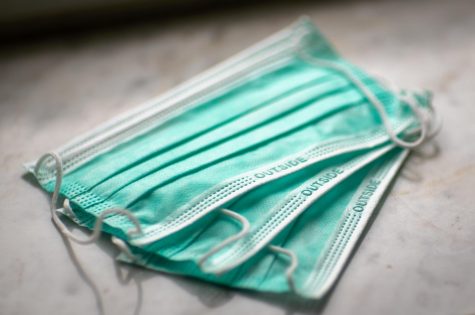
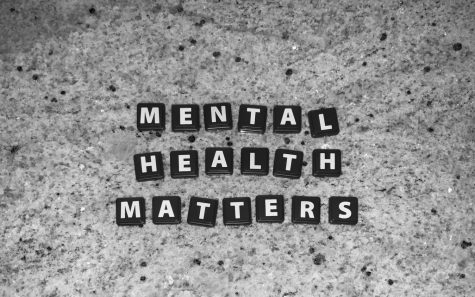

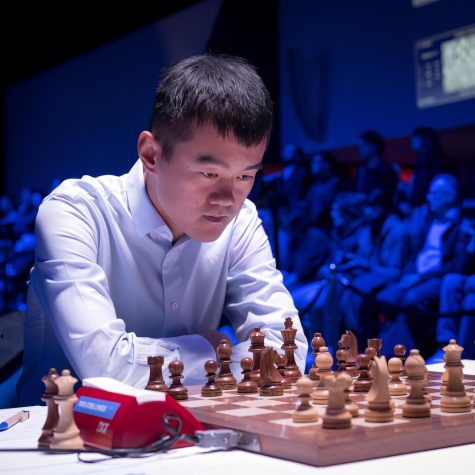
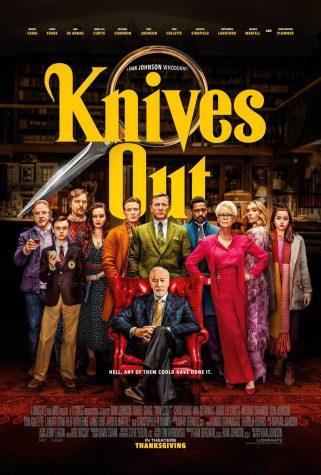
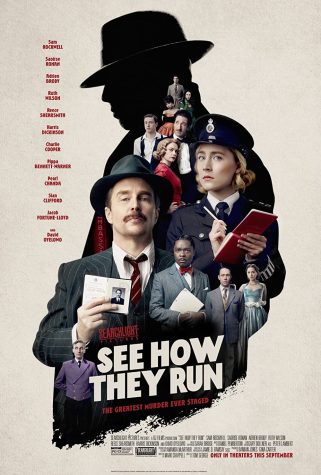


Norma Domurat • Mar 9, 2018 at 10:08 am
Is this an interview, an opinion, or a biography?
Laura Dolehide • Mar 2, 2018 at 10:08 pm
Very well written article Brigid! Congratulations on having it published here!
Mikaila Barker • Jan 17, 2018 at 8:04 pm
Every so often I come back to read this and cry about how incredibly talented and wonderful you are.
Crystal R. Sung • Jan 4, 2018 at 1:14 pm
Brigid can you be my biographer please and thank you
Anna Davis • Nov 1, 2017 at 2:57 pm
WOW!! This is such an interesting story and it’s so well written